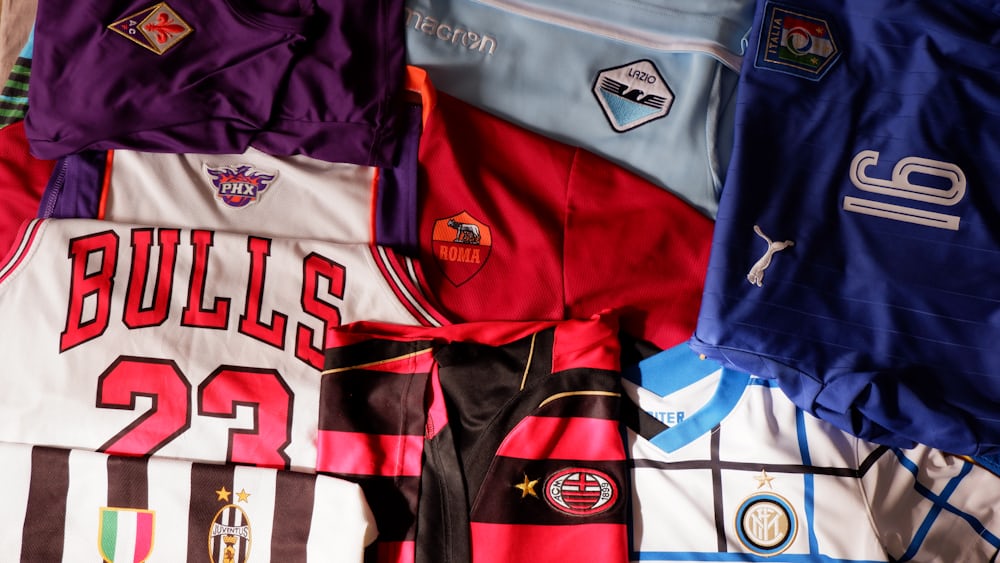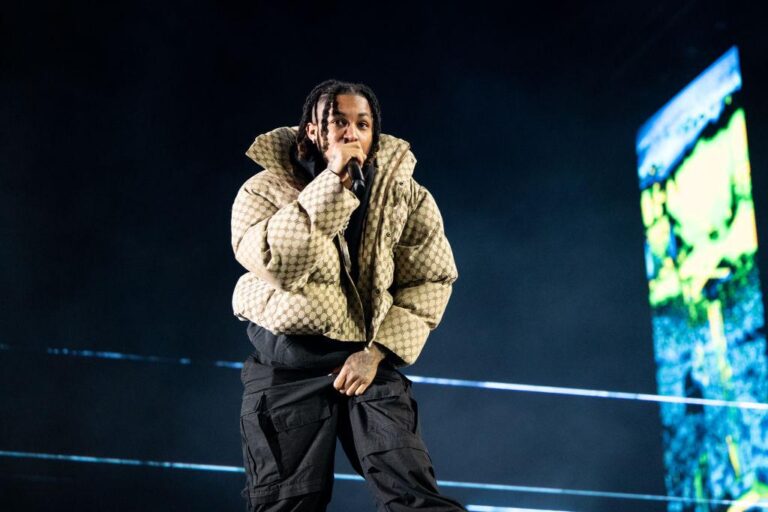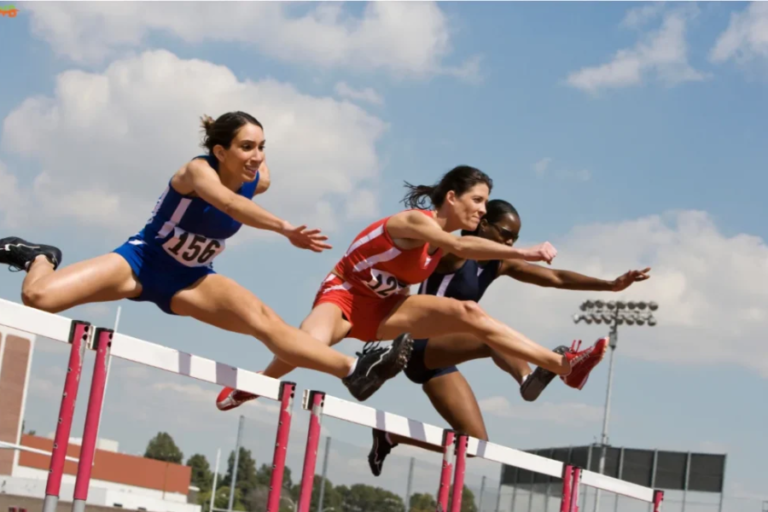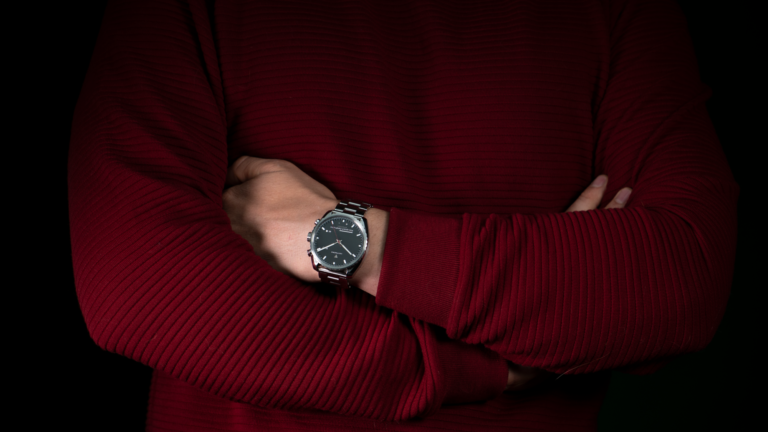The Evolution of Sports Clothing From Functionality to Fashion
Sports clothing has evolved beyond its practical use. It is now a key part of fashion and culture in today’s world. Sportswear’s influence on daily life is undeniable. It affects everyone, from pro athletes to fitness fans and trendsetters. This article explores sports clothing. It looks at its history, use, and rising popularity. It shows why it is more than apparel. Sportswear originated in the early 19th century. Its focus was on practicality. In the 1800s, sports fans wore loose, natural-fiber clothes like nike socks men. They made them from cotton and wool. The clothes allowed for better movement. By the 20th century, polyester and spandex had changed sportswear. They were synthetic materials. They offered better comfort, flexibility, and durability.
Iconic brands like Nike, Adidas, and Puma emerged. Each contributed innovations that redefined performance wear. Athletes now need sports clothing. Its moisture-wicking fabrics and temperature-regulating designs help them perform at their best.
Function Meets Innovation
Modern sports clothing is a fusion of function and innovation. Here’s what sets it apart:
1. Performance Enhancement
Advanced materials like Dri-FIT and Climacool wick sweat. socks for women They keep athletes dry and focused. Compression wear boosts blood flow and cuts muscle fatigue. Lightweight fabrics allow for free movement.
2. Durability and Versatility
Manufacturers design sportswear to endure tough activities. It’s good for everything from gym workouts to outdoor adventures. Many pieces double as casual wear, thanks to their stylish appeal.
3. Sustainability
With increasing awareness about environmental impact, many brands are shifting to sustainable practices. Recycled polyester, organic cotton, and biodegradable fabrics are now common. Not possible to remove the adverb.
The Role of Athleisure in Everyday Life
Athleisure, a mix of athletic and leisurewear, has blurred the lines between sports and casual wear. This trend gained momentum in the 2010s and continues to dominate global fashion. Mainstream fashion mixes sportswear with: sneakers and suits, leggings as pants, and hoodies and trench coats.
This shift isn’t about aesthetics; it reflects changing lifestyles. People want comfort, function, and style. So, sportswear is now the top choice for those juggling work, fitness, and leisure.
Customizing Sports Clothing for Different Needs
Sports clothing is no longer one size fits all. Depending on the activity, designers tailor apparel to meet specific demands.
Yoga and Pilates: Use soft, stretchy fabrics. They must move with the body for comfort during poses.
Running: Use lightweight, breathable materials with reflective elements. They ensure visibility and safety on early morning and late-night runs.
Team Sports: Durable fabrics with moisture-wicking properties keep players cool during intense games.
Weightlifting and CrossFit: Compression wear supports and reduces muscle vibrations during heavy lifts.
The variety lets athletes and fans perform their best and look great.
Impact of Technology on Sports Clothing
Technology has played a major role in the evolution of sports clothing.
1. Smart Apparel
Wearables have expanded beyond watches and bands to include smart clothing. These garments have sensors that track heart rate, calories, and muscle activity.
2. 3D Printing
Custom-fit shoes and gear produced through 3D printing are becoming more accessible. This technology ensures precision and enhances performance by tailoring products to individual needs.
3. Augmented Reality Shopping
Virtual try-ons have made sportswear shopping more interactive. Customers can now find the perfect fit without going into a store.
Sportswear as a cultural icon
Sports clothing isn’t about performance—it’s a statement. Athletes have inspired millions with their fashion. From Michael Jordan’s Air Jordans to Serena Williams’ outfits. Also, sports brands and fashion houses have made sportswear high fashion. Examples include Adidas x Gucci and Nike x Off-White.
The Future of Sports Clothing
As technology and culture evolve, sports clothing has a bright future. Fabric tech, inclusivity, and sustainability are shaping the industry. AI may soon create custom clothing for people’s unique needs and tastes.
Enhanced Sustainability. As consumers increasingly demand eco-friendly, ethical practices, the focus on them will deepen. Bio-fabricated materials, zero-waste designs, and closed-loop recycling systems will likely become mainstream.
Hyper-Personalization AI and data analytics will create products for individuals. They will match each person’s preferences and needs. Smart clothing that adapts to changing body conditions will also play a crucial role.
Community-Driven Innovation. Brands are involving consumers in design. They use feedback to create products that resonate with real users. Social media and virtual communities will further enhance this collaborative approach.
Conclusion
Sports clothes have come a long way. They now blend function with style to meet modern demands. Their evolution reflects broader societal changes. It has shifted from seeking peak performance to prioritizing comfort and sustainability. Sports clothing is here to stay. It’s not about looking good. It’s about feeling empowered in all aspects of life. So, whether at the gym, at home, or making a fashion statement, wear it with pride.






